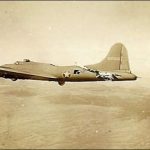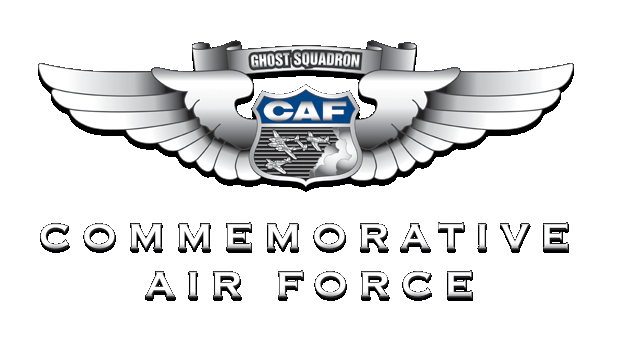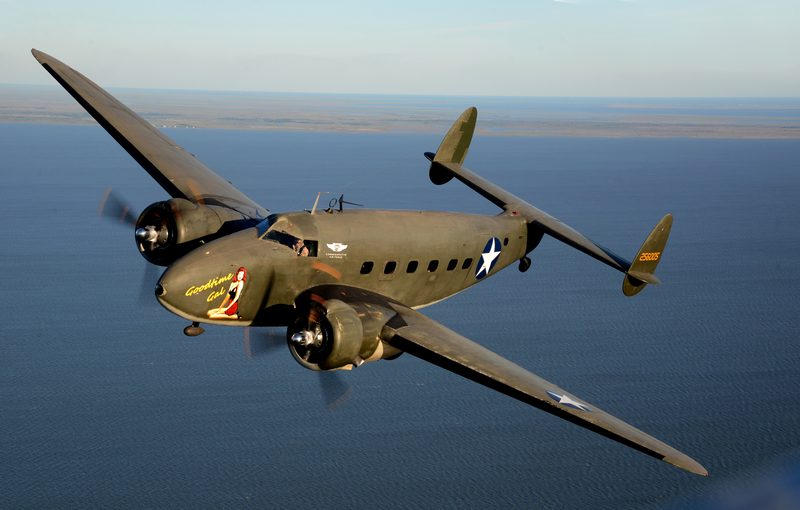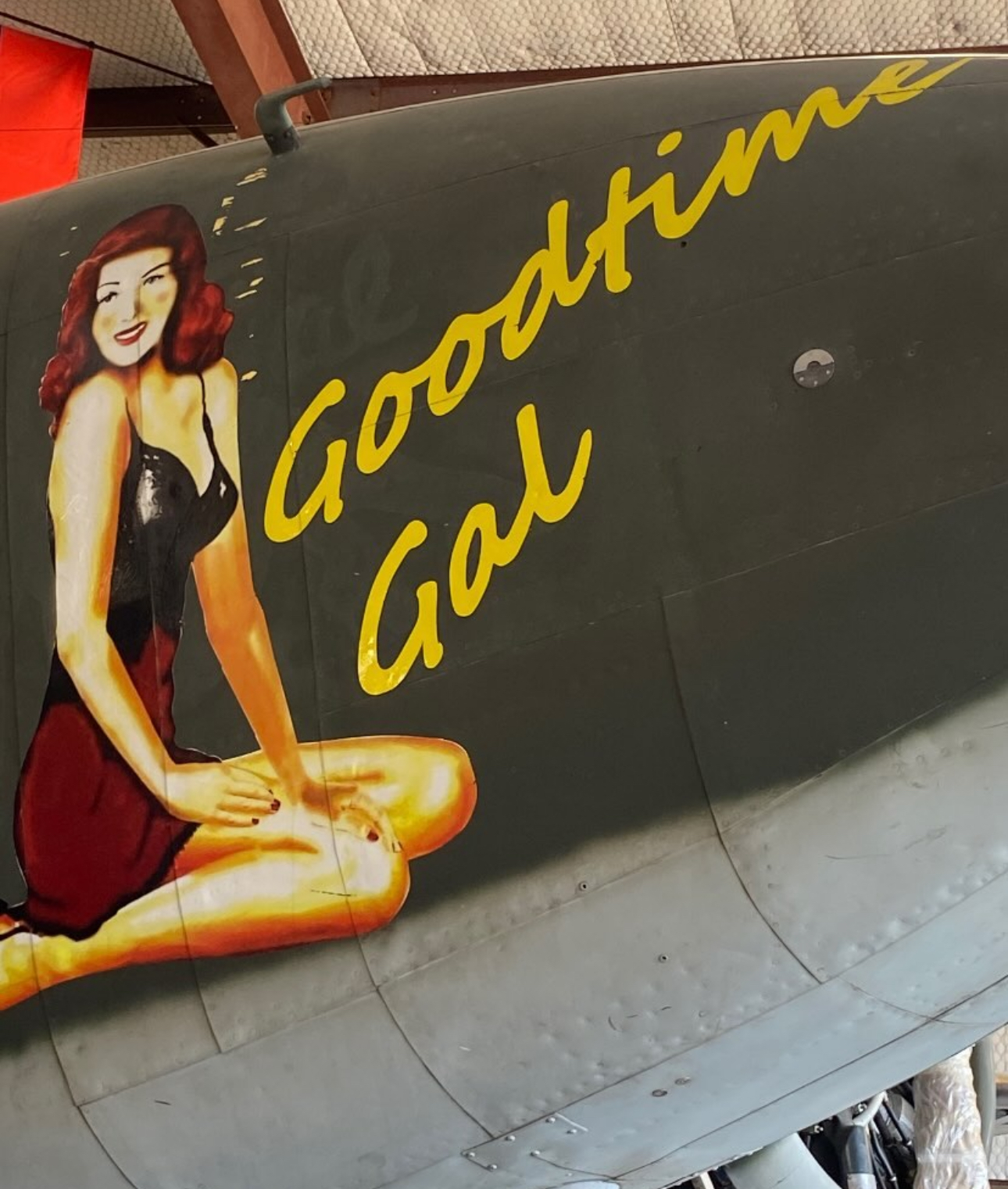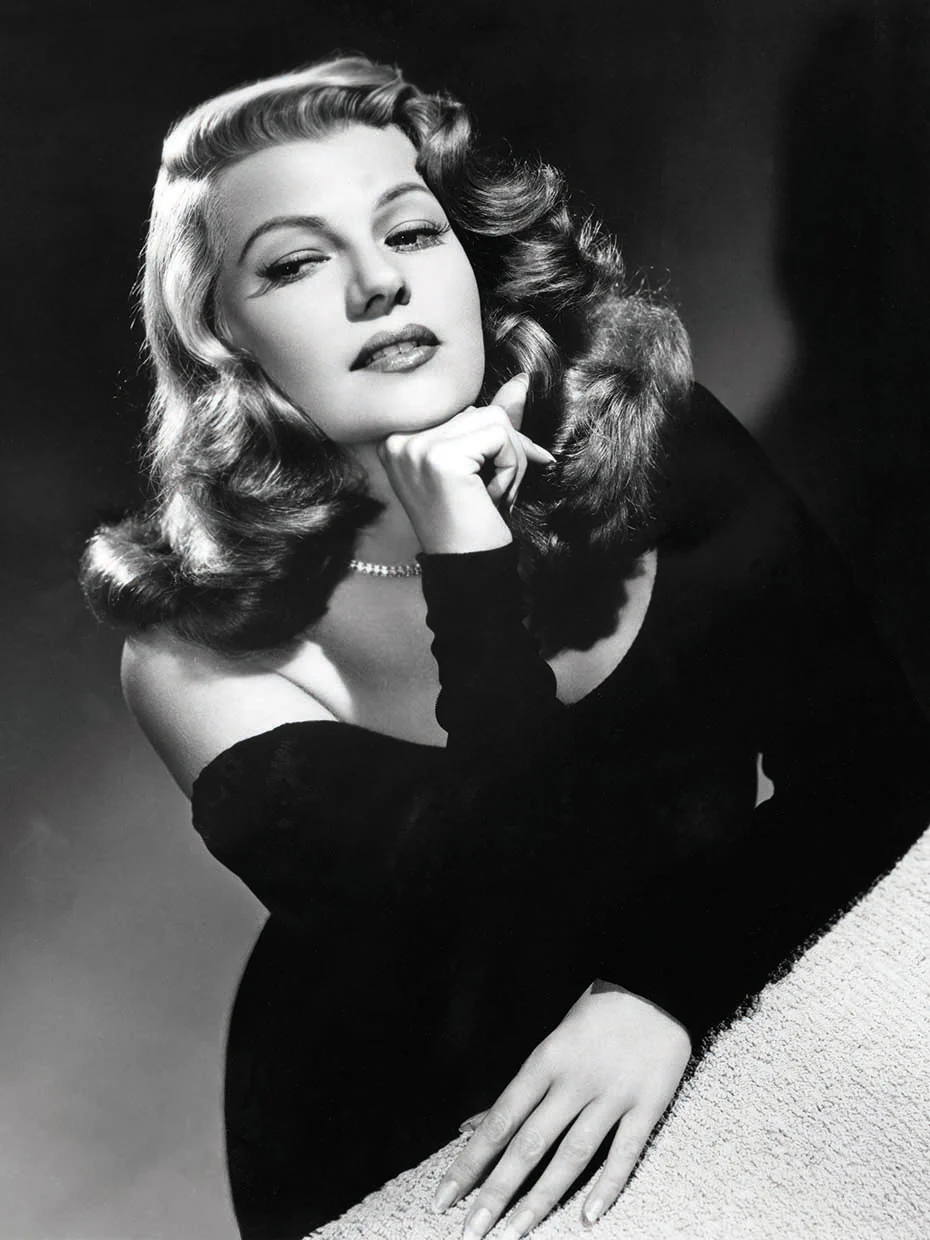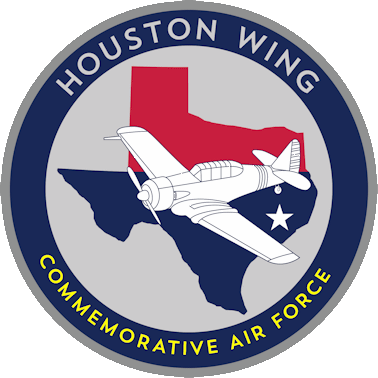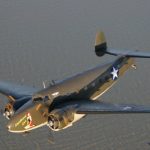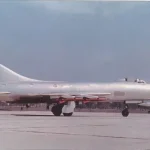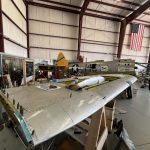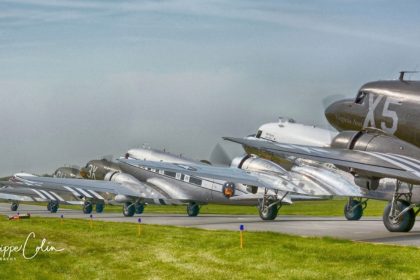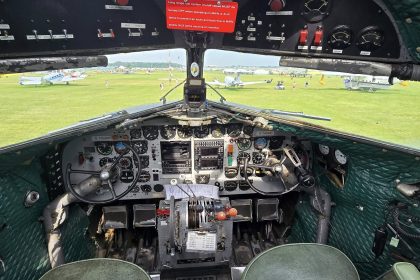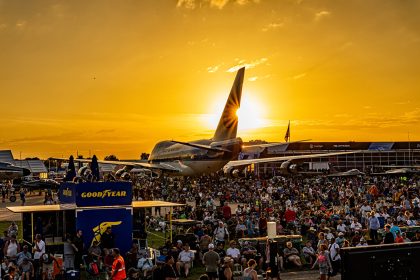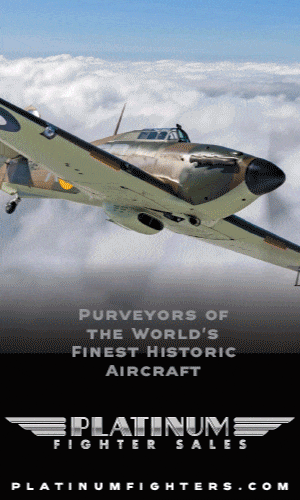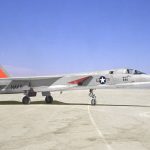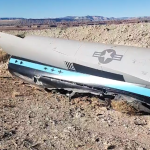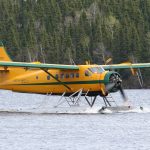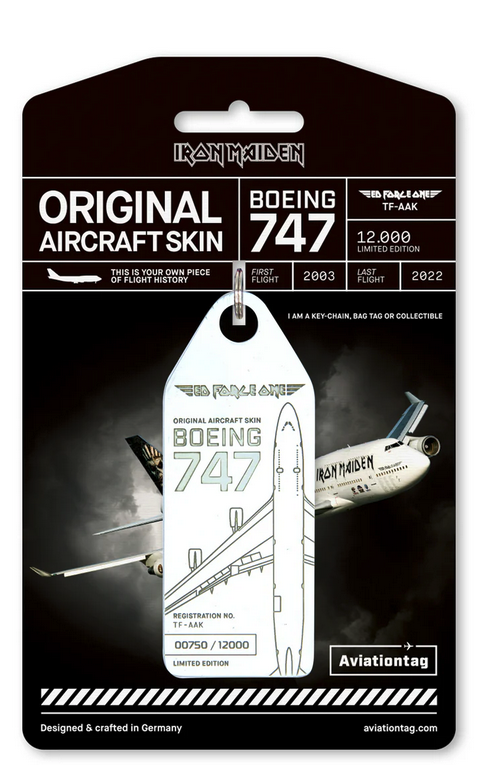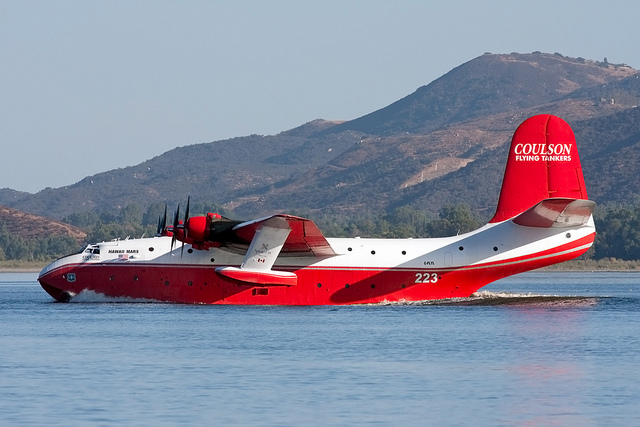The Lockheed C-60A Lodestar is a military variant of the Lockheed Model 18 Lodestar, a twin-engine transport aircraft developed in the United States. Based on earlier designs like the Model 10 Electra and Model 14 Super Electra, the Model 18 was created to compete directly with the Douglas DC-3. Slightly smaller and faster than its competitor, the Lodestar offered versatility in both civilian and military applications.
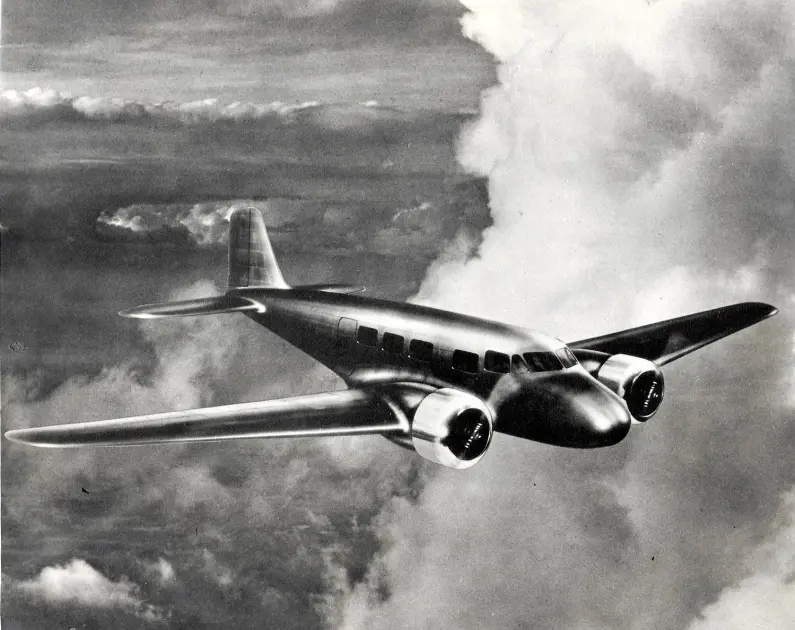
As World War II intensified, the U.S. Army Air Forces began ordering military versions of the Model 18 starting in May 1941. These aircraft were designated as C-56, C-57, C-59, and ultimately, the most numerous—C-60. These variants differed in engines, interiors, and configurations. The C-60A became the most common model, serving primarily as a paratrooper trainer and cargo aircraft. Following the war, most Lodestars were declared surplus and sold off for civilian transport and freight use. Lockheed also developed a combat version of the Lodestar—the Ventura medium bomber—for the British Commonwealth. Equipped with .50 caliber and .303 machine guns and capable of carrying up to 2,500 pounds of bombs, the Ventura was primarily deployed in anti-submarine and anti-shipping roles.
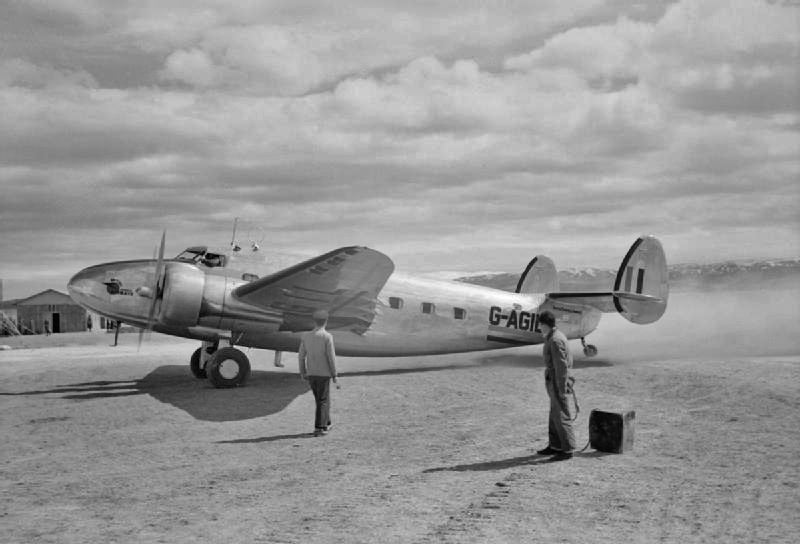
“Goodtime Gal” – History of an Airframe
One notable example of the C-60A Lodestar is known today as “Goodtime Gal,” assigned serial number 42-56005. Built in Burbank, California in 1942, the aircraft was delivered to the U.S. Army Air Forces before transitioning to civilian service in 1946 under Skyways International Trading and Transport, registered as NC45330. Throughout the 1970s, “Goodtime Gal” served a variety of air transport companies and was also used in atmospheric and weather research missions. By the late 1980s, the aircraft underwent a number of modifications under different owners. In 1992, while based in Alaska, she was restored to her original paratrooper configuration. The Commemorative Air Force (CAF) acquired the aircraft in 2002, and it is now part of the CAF Houston Wing. Since its arrival, “Goodtime Gal” has served as a flying classroom, demonstrating paratrooper training techniques to museum visitors and school groups.
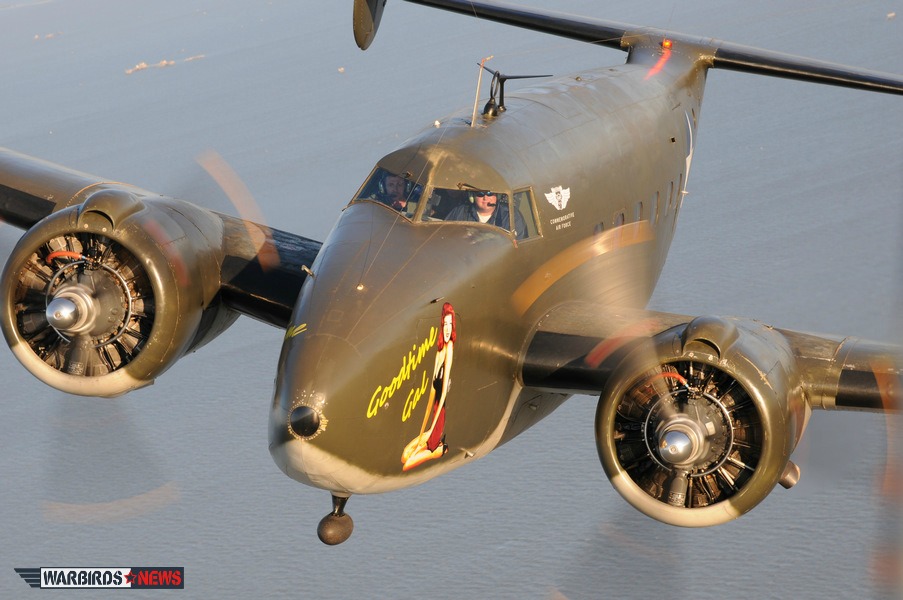
When the CAF received the Lodestar, it had no nose art. Volunteers painted it in classic Army green and soon after added a pin-up nose art featuring a blonde woman and the aircraft’s name. In the 2010s, “Goodtime Gal” received a new paint job and updated nose art inspired by Rita Hayworth in the film Gilda.
Training the Paratroopers of WWII
Paratroopers were essential to Allied operations in World War II. Their training regimen was intense and lasted four weeks, divided into four phases known as Stage A through Stage D. The first week, Stage A, focused on landing techniques and injury prevention. Trainees practiced parachute rolls, tumbling, and built upper body strength through rope climbing—critical for maneuvering parachutes and for battlefield agility. In the second week, Stage B, trainees concentrated on technical aspects of jumping. They learned to properly fit different parachute types, secure the static line in the aircraft, and execute the “jump exit” technique—leaping from the aircraft with the static line deploying the parachute automatically. Stage C introduced tower jumps. Paratroopers jumped from high platforms to simulate airborne descent and practiced removing parachute harnesses swiftly upon landing. The final stage, Stage D, involved live jumps from actual cargo planes. Troopers lined up, clipped onto the static line, waited for the jump signal, and exited the aircraft in full gear, prepared for combat landings. In real combat scenarios, these troops carried all essential equipment for operations behind enemy lines.
Inside “Goodtime Gal”
Stepping aboard “Goodtime Gal” offers a glimpse into a wartime paratrooper’s world. The aircraft is restored to its paratrooper configuration with bench seating lining the fuselage, where troops once sat before their jumps. Overhead, a static line runs through the cabin, connecting to the aircraft’s forward section near the navigator and pilot stations. Storage netting on both sides of the cabin holds mission-specific gear. Near the jump door, two signal lights indicate when it’s safe to exit—green for jump, red for standby. These indicators are standard in transport aircraft such as the C-47. One memorable feature is “Davy Jones’ Latrine,” a humble and somewhat comical portable toilet—just a bucket—positioned mid-cabin.

The cockpit and navigator station are compact but functional. There is no door separating them from the rest of the aircraft, just narrow passageways between partial dividers. The cockpit has enough room for a pilot and co-pilot to fly in relative comfort. A particularly charming detail is a side window that opens, providing ventilation and excellent views in flight. It’s often considered the best seat in the house.
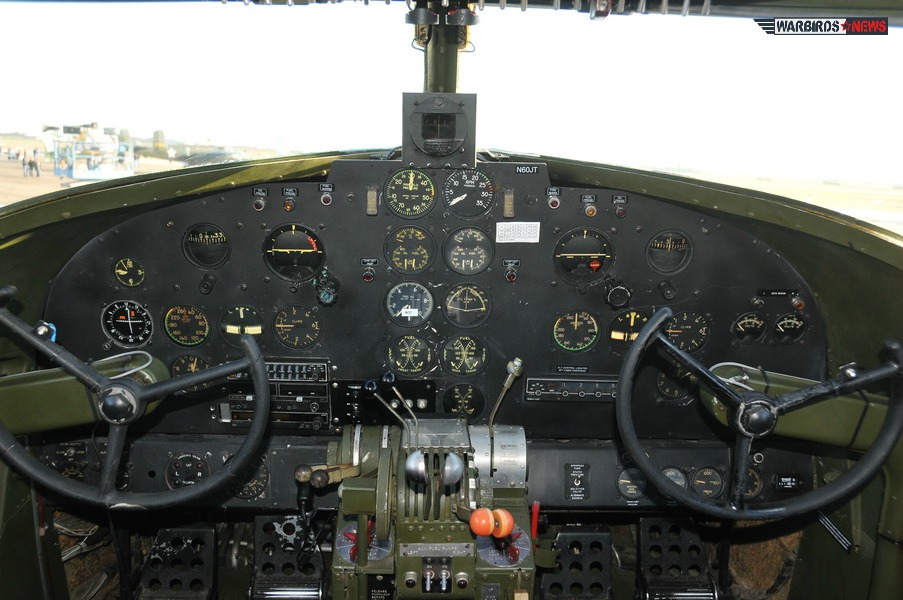
Present-Day Mission
Today, “Goodtime Gal” is undergoing engine maintenance at the CAF Houston Wing. When airworthy, she supports educational missions, flight demonstrations, and paratrooper reenactments. The Houston Wing is open to the public on the first and third Saturday of each month, offering a unique opportunity to experience history up close aboard one of World War II’s often-overlooked workhorses.





